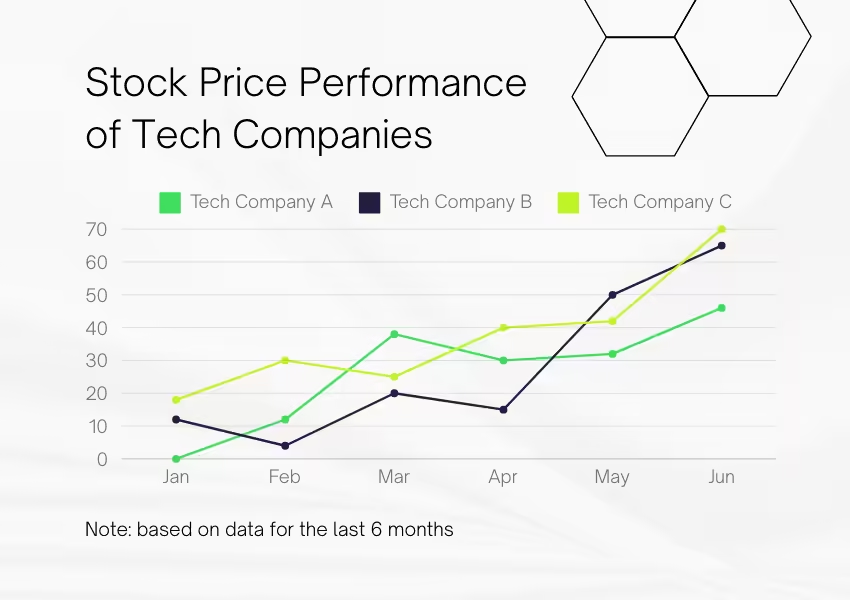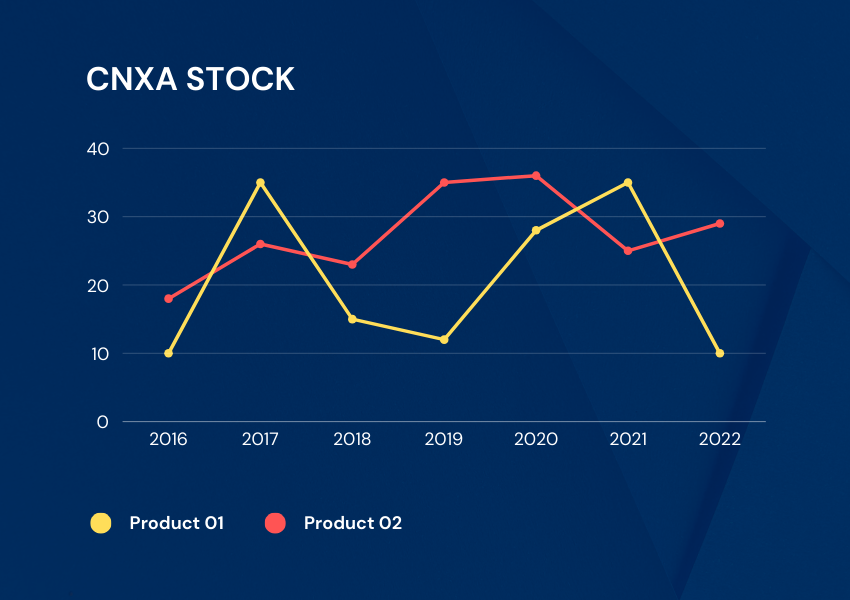Investing can feel like a puzzle sometimes, can’t it? The stock market’s constant ups and downs are enough to make even seasoned traders second-guess their strategies. But what if there was a tool—a simple visual guide—to help you decode market behavior and make better-informed decisions? Enter the SOXL stock candlestick chart, a powerful resource for understanding stock price movements in a blink.
Whether you’re a beginner or a seasoned pro looking to level up, this article will break down everything you need to know about the SOXL candlestick chart. We’ll cover the basics, share actionable tips, and even answer your most burning questions. Ready? Let’s dive in!
What Is SOXL and Why Should You Care?
Before we get into the nitty-gritty of candlestick charts, let’s set the stage. SOXL is a leveraged exchange-traded fund (ETF) that tracks the performance of the semiconductor sector. Specifically, it provides 3x leverage on the daily performance of the ICE Semiconductor Index.
Why does this matter?
- High Volatility: SOXL’s leveraged nature means it moves faster than traditional stocks or ETFs, offering both greater risks and higher rewards.
- Semiconductor Relevance: Semiconductors are the backbone of modern technology, powering everything from smartphones to cars. The sector’s performance directly reflects broader tech trends.
If you’re trading SOXL, understanding how to read its candlestick chart is not just helpful—it’s essential.
The Anatomy of a Candlestick
1. What Does a Candlestick Represent?
Each candlestick tells a story about the stock’s price movement over a set time period. It’s like a mini snapshot of the market’s mood. Here’s what each part represents:
- The Body: This shows the range between the opening and closing prices.
- If the body is green (or white), the price closed higher than it opened.
2. How to Decode Patterns
Candlesticks don’t exist in isolation. Instead, patterns emerge that traders use to predict future movements. For SOXL, with its wild swings, these patterns can be a lifesaver:
- Bullish Patterns
- Engulfing Pattern: A small red candlestick followed by a larger green one, signaling a strong upward shift.
- Bearish Patterns
- Shooting Star: A small body near the bottom of the range with a long upper wick, suggesting a potential reversal downward.
- Evening Star: A three-candlestick pattern showing a peak, signaling bearish momentum.
Why the SOXL Stock Candlestick Chart Is Different
Leveraged ETFs like SOXL amplify market movements, making candlestick patterns more pronounced.
Pros
- Clear Signals: SOXL’s dramatic price swings make candlestick patterns easier to spot.
- Rapid Opportunities: Intraday traders can leverage quick patterns for potential profits.
Cons
- False Signals: Increased volatility means more noise, which can lead to misinterpreted signals.
- Higher Risk: Leverage can magnify losses just as easily as gains.
How to Use the SOXL Candlestick Chart for Smarter Trades
1. Identify Trends
Is the stock consistently making higher highs and higher lows? That’s a bullish trend. Conversely, lower highs and lower lows signal bearishness.
Pro Tip: Combine candlestick analysis with moving averages or RSI (Relative Strength Index) to confirm trends.
2. Watch for Reversals
SOXL’s chart often displays dramatic reversals due to the semiconductor sector’s sensitivity to news. Candlestick patterns like hammers or shooting stars can act as early warning signs.
3. Time Your Entry and Exit
- Use bullish patterns for entry points during an uptrend.
- Look for bearish patterns to exit or short-sell during a downtrend.
4. Manage Risk
Set stop-loss orders below significant support levels identified in the candlestick chart. This minimizes your downside in case the market moves against you.
Common Mistakes When Reading the SOXL Stock Candlestick Chart
1. Overtrading
SOXL’s volatility can tempt traders into taking too many positions. Stick to your plan and avoid chasing every signal.
2. Forgetting the Bigger Picture
Candlestick charts are great, but they’re just one tool in your arsenal. Use them alongside broader market analysis for the best results.
FAQs About SOXL Stock Candlestick Chart
Q1: Can I use candlestick charts for long-term SOXL trading?
Absolutely! While candlestick charts are popular for short-term trading, they’re also valuable for identifying longer-term trends and entry points.
Q2: What time frame is best for analyzing SOXL candlesticks?
It depends on your strategy:
- Day Traders: 1-minute or 5-minute charts.
- Swing Traders: Daily or 4-hour charts.
- Long-Term Investors: Weekly charts.
Q3: Are candlestick patterns foolproof?
No trading method is 100% accurate. Always use candlestick analysis alongside other indicators for confirmation.
Final Thoughts
The SOXL stock candlestick chart is a treasure trove of insights, helping traders decode the complex world of semiconductor ETFs with visual cues. By mastering the basics and learning to spot key patterns, you can turn market volatility into your ally rather than your enemy.
Remember, trading isn’t about being right all the time—it’s about managing risk and making informed decisions. So, next time you open up a SOXL chart, take a deep breath, trust your analysis, and trade smart. Happy trading!





